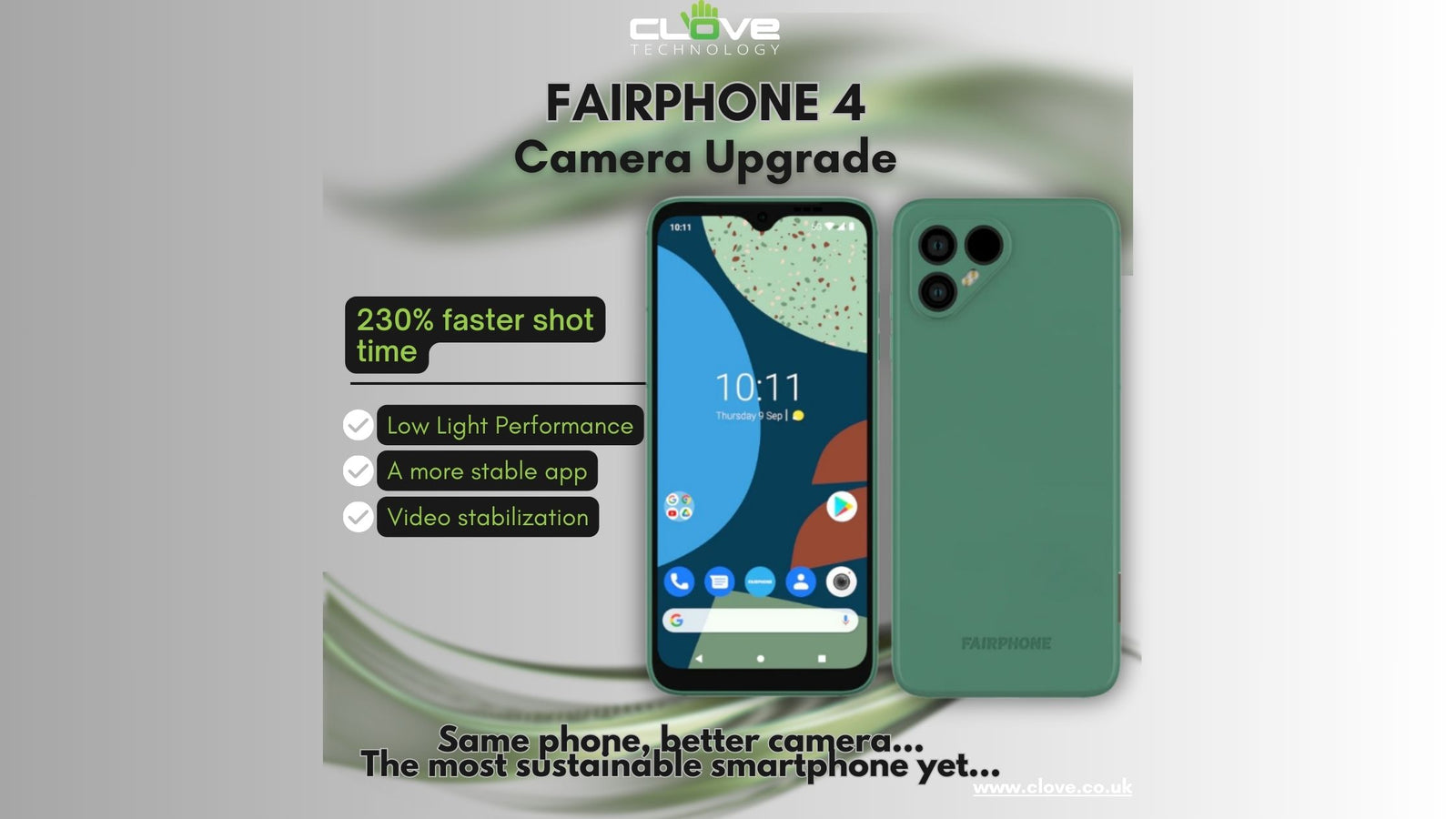What are the differences between Mobile High Definition Link & SlimPort?


These are two technologies that you may have heard of, but do not understand the differences between. In this post, we look to explain the differences.
What do they do?
Mobile High Definition (MHL) and SlimPort are technologies whereby video and audio can be extracted from the microUSB port on a mobile device and viewed on an external display, with the use of an appropriate cable or adapter.
Both essentially achieve the same thing, but there are some key differences.


What is the main difference?
The key difference is that MHL outputs through the HDMI standard, whilst SlimPort uses the VESA standard meaning it can output to HDMI as well as VGA, DVI and DisplayPort.
For a more detailed explanation of the differences, read on.
All the differences explained
Both MHL and SlimPort are evolving technologies, so things can change, but at the time of writing the differences are as follows.
- MHL normally requires mains power to be connected to the adapter to work, but MHL 2.0 now found on some devices means mains power connection is not essential. Connecting power is however advised as MHL draws power from the mobile device.
- SlimPort does not draw power from the mobile device, meaning mains power is not necessary, but power can be connected if preferred.
- MHL can output only via HDMI connections whereas SlimPort can output to HDMI, VGA, DVIA and DisplayPort, therefore offering a more versatile solution then MHL.
Whilst these are the primary differences there are some other emerging differences that will likely put MHL ahead of the SlimPort standard.

- More manufacturers & products have MHL support than SlimPort. This means that MHL has an advantage as it is becoming mainstream quicker than SlimPort. With this said, there are some big brands behind SlimPort such as Google/LG with their Nexus devices meaning SlimPort could catch up.
- MHL adapters are more readily available from more retailers than SlimPort.
- A true MHL setup will involve a MHL enabled display and an MHL to microUSB cable. The cable carries power from the display, negating the need to physically connect mains power to the adapter, as there is no adapter, just the cable.
MHL Updates announced in 2014
- MHL 3.0 has been announced allowing support for 4K resolution. SlimPort is also capable of 4K transmission as part of the Mobility DisplayPort provisions, also known as MyDP.
- USB 3.1 (9.6 Gb/s) will replace USB 3.0 (4.8 Gb/s), MHL 3.0 will support this bit rate in so long as mobile manufacturers use the micro USB Type C connector in their phones.
SlimPort does offer some potential advantages in the wider range of support for connections meaning a broader compatibility with things such as computer monitors, projectors and more. However as these products develop, more are taking on the HDMI standard now, meaning little advantage for SlimPort over MHL.
The following video explains the differences, but it was put together back in 2012 but the group behind SlimPort. Whilst is summarises the differences it is based on older MHL technology. The MHL 2.0 offers higher resolution output and does not need mains power to work.
So hopefully the above explains the key differences for you. However you may have some additional thoughts and questions based on the above. We have put together a series of FAQ’s which should answer most queries.
What cables do I need?
The cables required will depend on your setup and mobile device.
If your device has MHL then you will need a MHL adapter. On the MHL adapter there will be a microUSB connector. Connect this to your mobile device and then connect a HDMI cable between the adapter and the HD display. Depending on the MHL standard your device supports, you may need to connect a microUSB mains power supply into the adapter.
If your device has SlimPort then you will need a SlimPort adapter. On the adapter there will be a microUSB connector. Connect this to your mobile device and then connect a HDMI, VGA or DVI cable between the adapter and the display. The cable required will depend on which SlimPort adapter you have. You do not need to, but can connect a microUSB mains power supply into the adapter if you like.
Which is better MHL or SlimPort?
It is a personal decision as much depends on your circumstances. It will primarily depends on your mobile device and what it supports.
SlimPort has greater versatility in what you can connect too, but MHL is more common currently.
Which is cheaper?
There isn’t much between the two. Both require specialist adapters. MHL is possibly fractionally cheaper as they are more widely available. However, cheap cables do not always perform as well as branded cables.
Where can I buy the cables?
Depending on the cable you are after, will depend on where you can purchase it. Most of these cables will be available online only as few high street retailers stock these cables.
You can buy many from www.clove.co.uk although a web search will return results for other suppliers if you can not find what you are looking for.
What devices use MHL?
The list of devices using MHL is continually changing and it is not possible to give a definitive list, but the MHL consortium do a pretty good job of keeping this list up to date.
What devices use SlimPort?
Like MHL, the list of devices is continually changing, all be it, not as rapidly as MHL. There is a list here which is generally kept fairly up to date.
Where can I find out more about SlimPort?
You can watch the following video or read more about SlimPort on the following link: http://blog.clove.co.uk/2012/11/02/what-is-slimport/
Where can I find out more about MHL?
You can read more about MHL on the following link: http://blog.clove.co.uk/2013/03/28/which-mhl-cable-should-i-buy/
If you need further information or have any additional questions, please leave them in the comments below.





